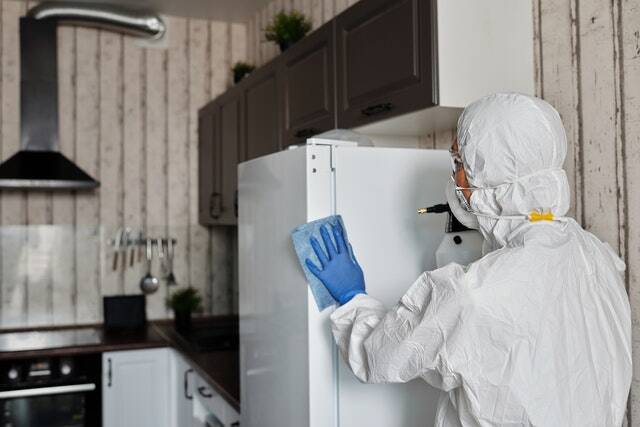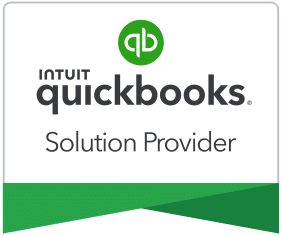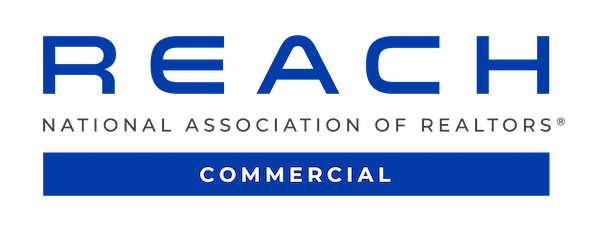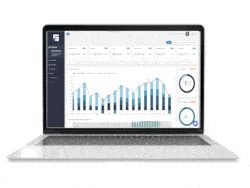For many commercial real estate businesses, the common area maintenance (CAM) reconciliation process could use some work. Here are six best practices every commercial real estate operation can use to make CAM reconciliation an easier, more efficient process!
1. Start with a Thorough Expense Review
Although it’s time-consuming, it’s vital to conduct a thorough review of your expenses. As you read through, make sure each invoice is coded to the proper account or to the proper building. If you skip this step, you run the risk of errors in CAM reconciliation. If you submit a reconciliation report to a tenant and some expenses are missing, it’s difficult to go back and resubmit this. Look at this a few different ways:
- Look at the expense categories month-by-month to identify any glaring mistakes
- Check for any missing invoices from vendors
- Compare to the previous year’s CAM reconciliation report
2. Stand Firm on Property Management Fees
It’s important to realize how all charges and fees you levy on tenants are connected. If one isn’t taken care of, it creates a poor precedent and can lead to an unbalanced ledger.
If you are utilizing a property management firm or doing this work internally, make sure you are collecting the management fee from your tenants. Generally, this fee ranges from 3% to 4% of the lease charge. You may have some tenants that have an issue with paying this fee, and you may be tempted to waive it to keep the peace with them. But it’s important to stand firm on this fee so it doesn’t begin affecting all your other charges, including CAM reconciliation.
3. Carefully Calculate for Accuracy
When calculating CAM charges, you want to double- and triple-check for accuracy, since manual error is common. Some of the things you want to look for are:
- Confirm the pro-rata share. The tenant space may have changed during the course of the year, so make sure you know exactly how much space the tenant is responsible for in the building.
- Check for any gross-ups. Some leases will stipulate that certain expenses are based on a certain occupancy level.
- Look for expense caps. Many leases explicitly limit the increases on certain expenses from one year to the next.
- Confirm the tenancy. Confirm the exact months the tenant was in the space. They may not have been in the space the entire year, and you will need to adjust accordingly.
- Capital improvement checks. Depending on your lease terms, some capital improvement items can be passed onto the tenant. Double-check to make sure any improvements that should be covered are included.
4. Educate Yourself on Special Requirements
If you are leasing to any national tenants such as chain stores or restaurants, you should note they may have their own CAM reconciliation requirements to follow. Make sure you are familiar with all of this information to avoid issues later on. It’s probably a good idea to always deal with these reconciliations first since they will be more time-consuming and complex.
5. Obtain Third-Party Information ASAP
Sometimes third-party information can present a roadblock during CAM reconciliation. One example is if you’ve been in the process of conducting a long improvement, and you may need a special report from your utility company or insurance provider. The longer you have to wait for this info, the more difficult and time-consuming the CAM reconciliation may be. Don’t wait any longer to send those requests. Get them out ASAP!
6. Be Ready for an Audit
Unfortunately, protracted disputes over CAM reconciled reports are not uncommon. To avoid this, you should verify distribution ratios, the actual costs charged, and any other relevant numbers that go into the process. This will protect you from legal trouble that you could get into if you aren’t able to produce sufficient records for your clients.
Use STRATAFOLIO for Your CAM Reconciliation
The best practices for CAM reconciliation listed above all help contribute to accuracy and timeliness. Any inaccuracies can create friction with your tenant. You want to make sure your CAM report reflects the correctly allocated expenses. Additionally, you want to deliver this report as rapidly as possible at the beginning of the year. If you need to make an adjustment to the amount you are collecting for CAM reimbursement, the earlier you alert your tenants, the better off you are.
One of the many ways that STRATAFOLIO can help your commercial real estate firm is CAM reconciliation. While this process is time-consuming and complex when done manually, STRATAFOLIO makes it easy.
STRATAFOLIO was designed for commercial real estate owners. With STRATAFOLIO you can:
- Easily calculate tenant pro-rata share
- See your tenant budgeted expenses compared to your actual expenses by expense category
- Quickly access your lease for reference
- Create a CAM reconciliation report in just 1 click that can be shared with your tenant
- Easily plan your CAM budget for the following year
Reach out to STRATAFOLIO to learn how you can automate your CAM reconciliation process and eliminate costly mistakes.






